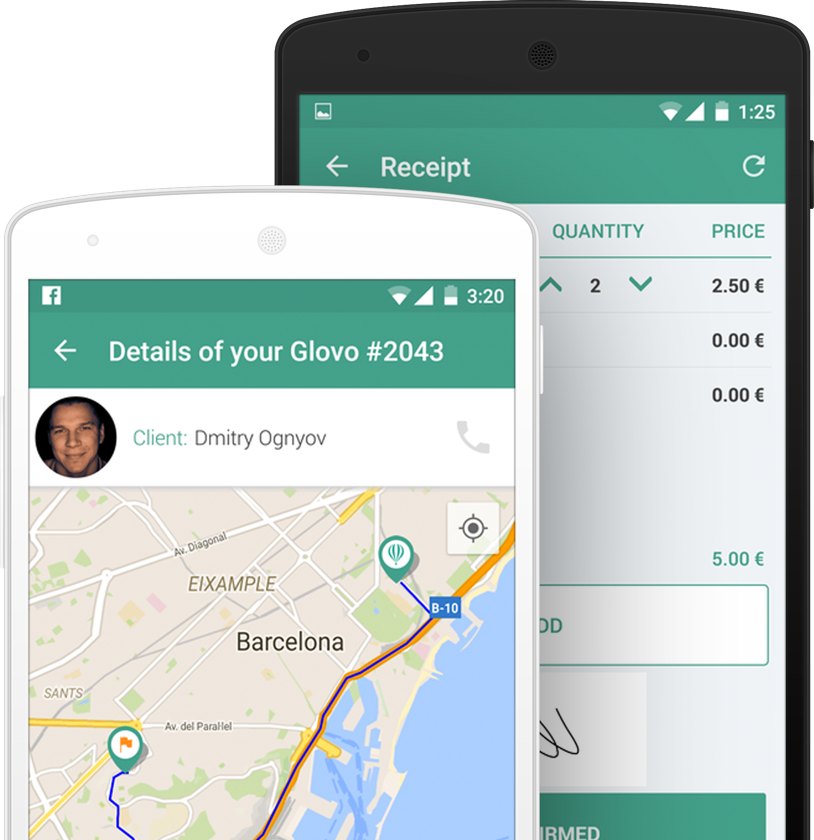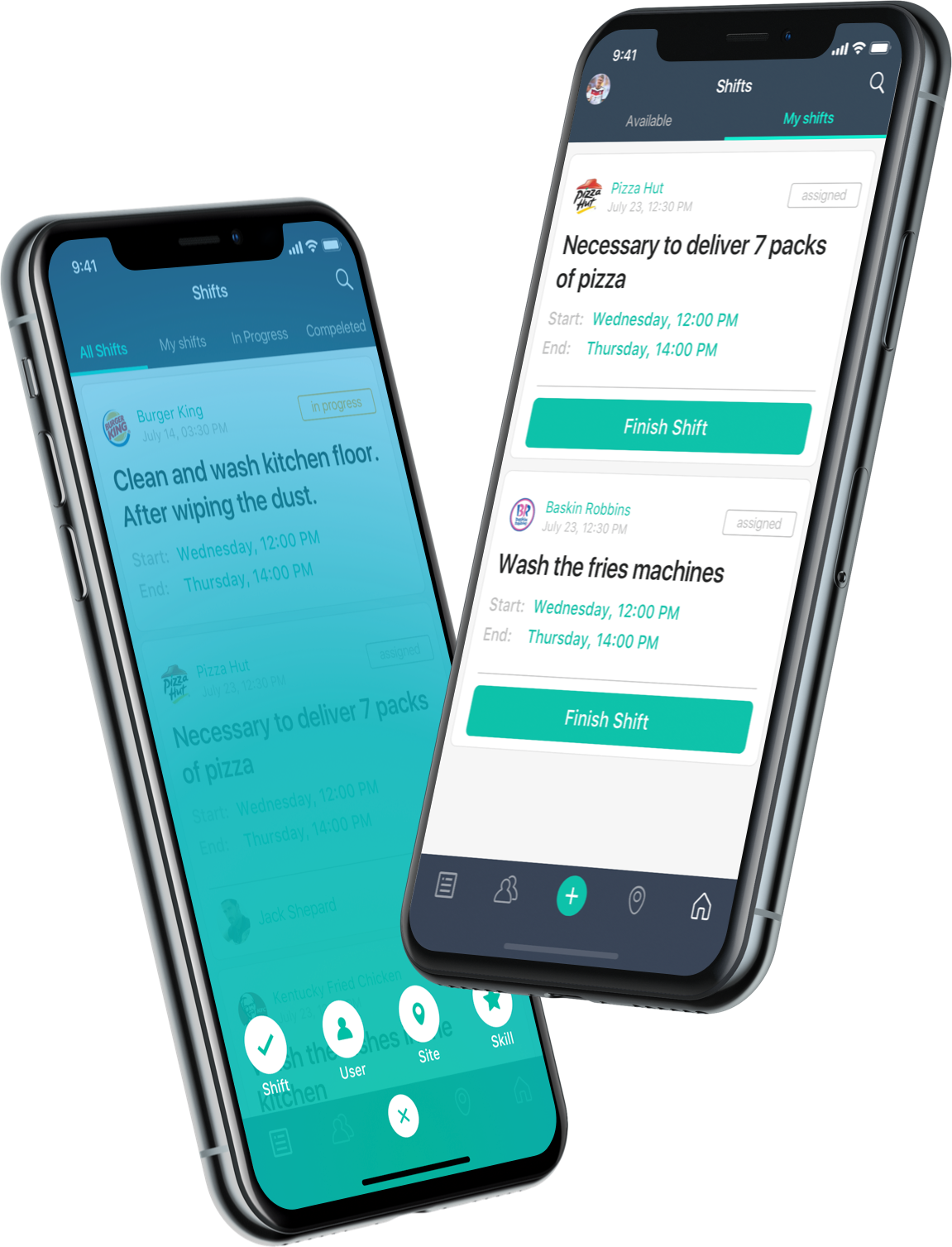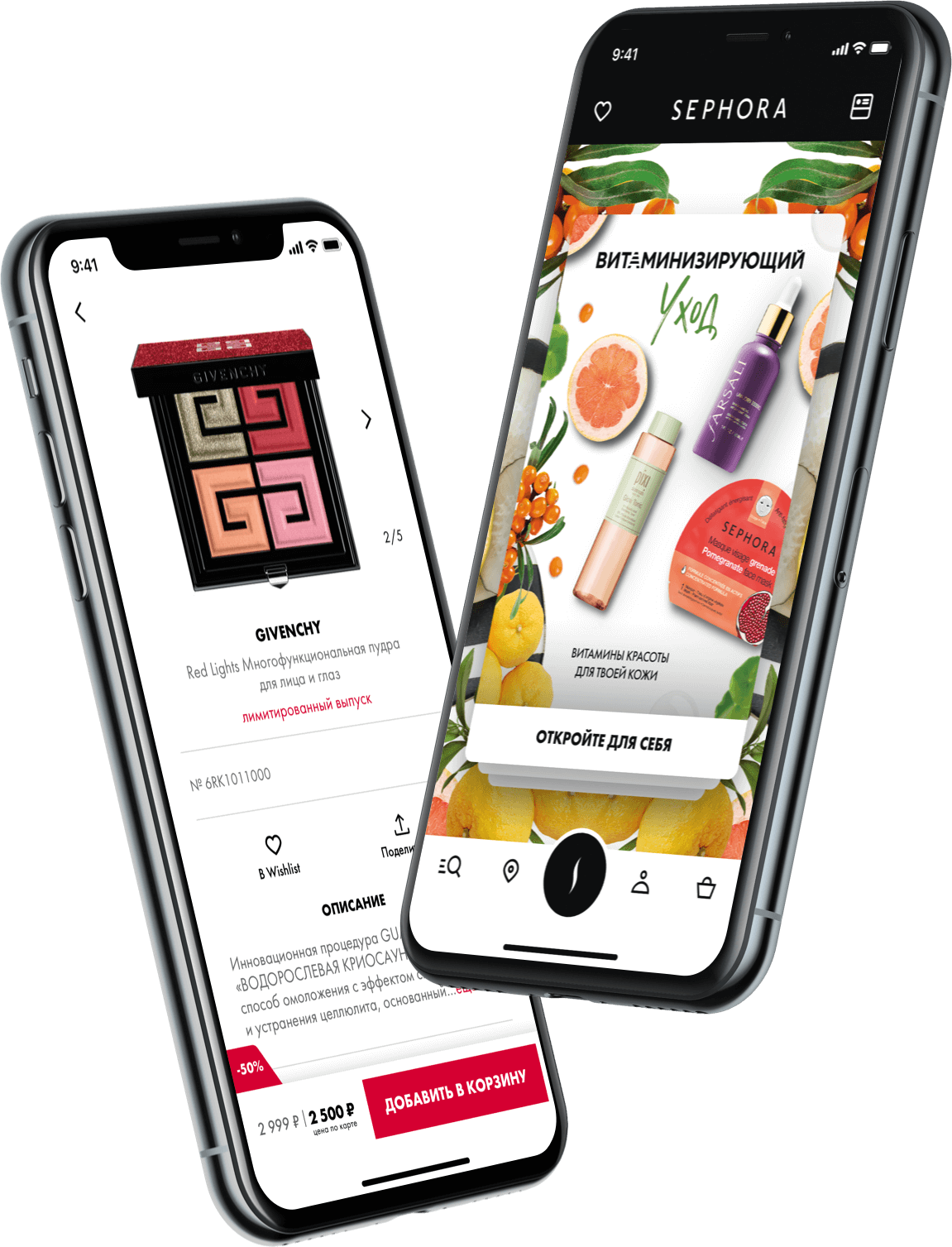
An app for express product delivery from offline stores
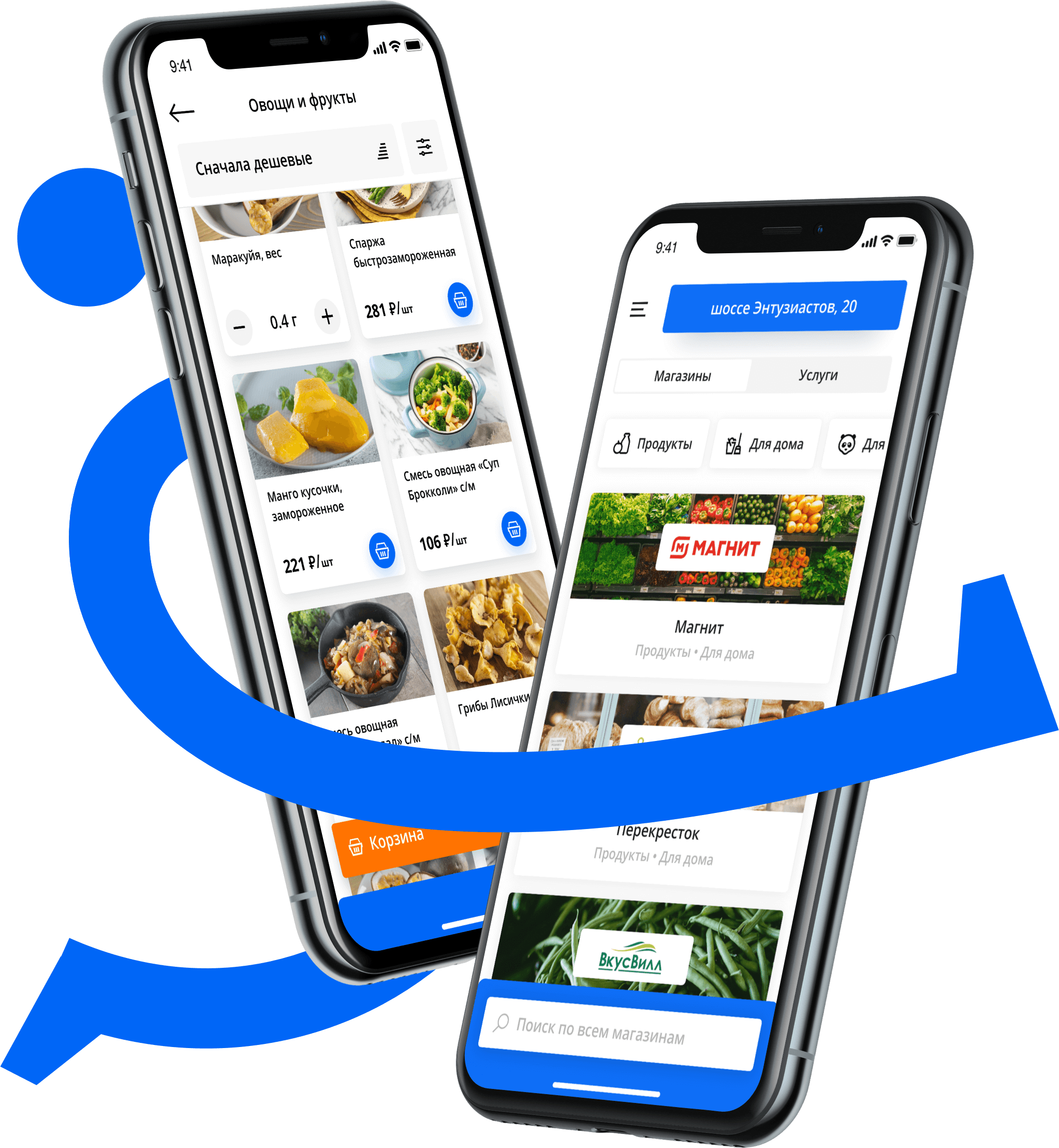
eCommerce
eGrocery
Chats
Android
Delivery
Payments
UX/UI
iOS
Background
As a side project of the Dostavista delivery service, which operates in 11 countries, SuperBro was intended as the company’s way of introducing themselves to the already well-developed home delivery market.
The customer already had trained couriers on staff along with proprietary software for managing orders and efficient route building. We just needed to adapt these existing assets to the new product, make arrangements with the stores, develop the mobile apps and set up marketing and support service.
As a side project of the Dostavista delivery service, which operates in 11 countries, SuperBro was intended as the company’s way of introducing themselves to the already well-developed home delivery market.
The customer already had trained couriers on staff along with proprietary software for managing orders and efficient route building. We just needed to adapt these existing assets to the new product, make arrangements with the stores, develop the mobile apps and set up marketing and support service.
The customer already had trained couriers on staff along with proprietary software for managing orders and efficient route building. We just needed to adapt these existing assets to the new product, make arrangements with the stores, develop the mobile apps and set up marketing and support service.
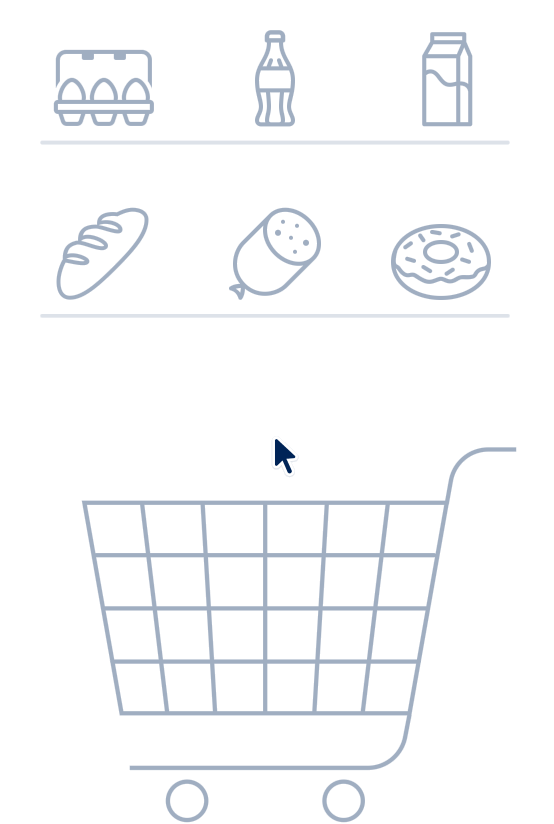
There had already been more than a hundred delivery services in Moscow before Superbro, and that number was only increasing. Most of the competition dealt with pre-prepared food.


Therefore, it was essential for SuperBro to offer its customers something new to make their lives more convenient.
SuperBro could be used to order gifts for friends, buy sweet treats or send a courier to a pick-up point to collect an online store delivery; in fact, it was possible to send a courier to two places in the same order.
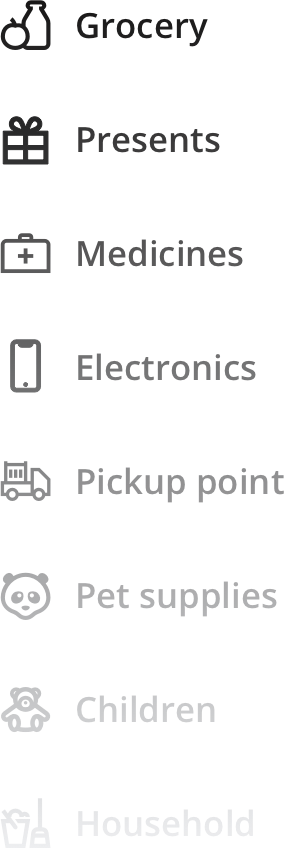
Therefore, it was essential for SuperBro to offer its customers something new to make their lives more convenient.
SuperBro could be used to order gifts for friends, buy sweet treats or send a courier to a pick-up point to collect an online store delivery; in fact, it was possible to send a courier to two places in the same order.
SuperBro could be used to order gifts for friends, buy sweet treats or send a courier to a pick-up point to collect an online store delivery; in fact, it was possible to send a courier to two places in the same order.
The customer entered the market with an iOS-app created by the efforts of Dostavista developers.
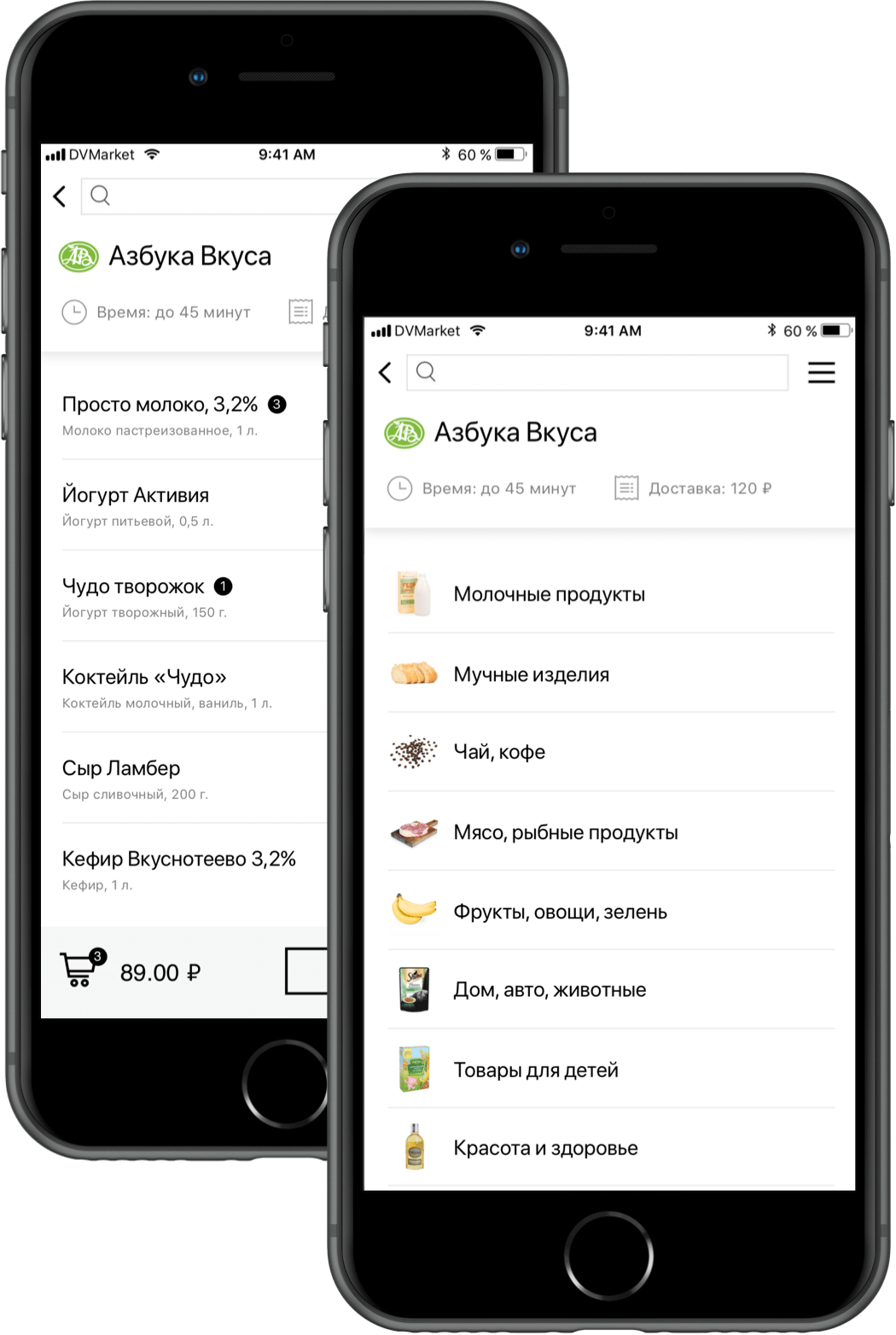
Live Typing was presented with the task of creating an Android app and a new design for both platforms. It was crucial for the customer to release the app as quickly as possible — in three months
Live Typing was presented with the task of creating an Android app and a new design for both platforms. It was crucial for the customer to release the app as quickly as possible — in three months
Live Typing was already experienced in creating express delivery apps; specifically, due to working with the Spanish Glovo project, a service for delivering all sorts of items by scooter couriers
26
288
1,8 mil.
513 mil. $
countries
cities
users
in investments
To speed up our task, we made the design for the Android app as similar as possible to the iOS version. It looks simplistic, but this is perfectly fine for an MVP.
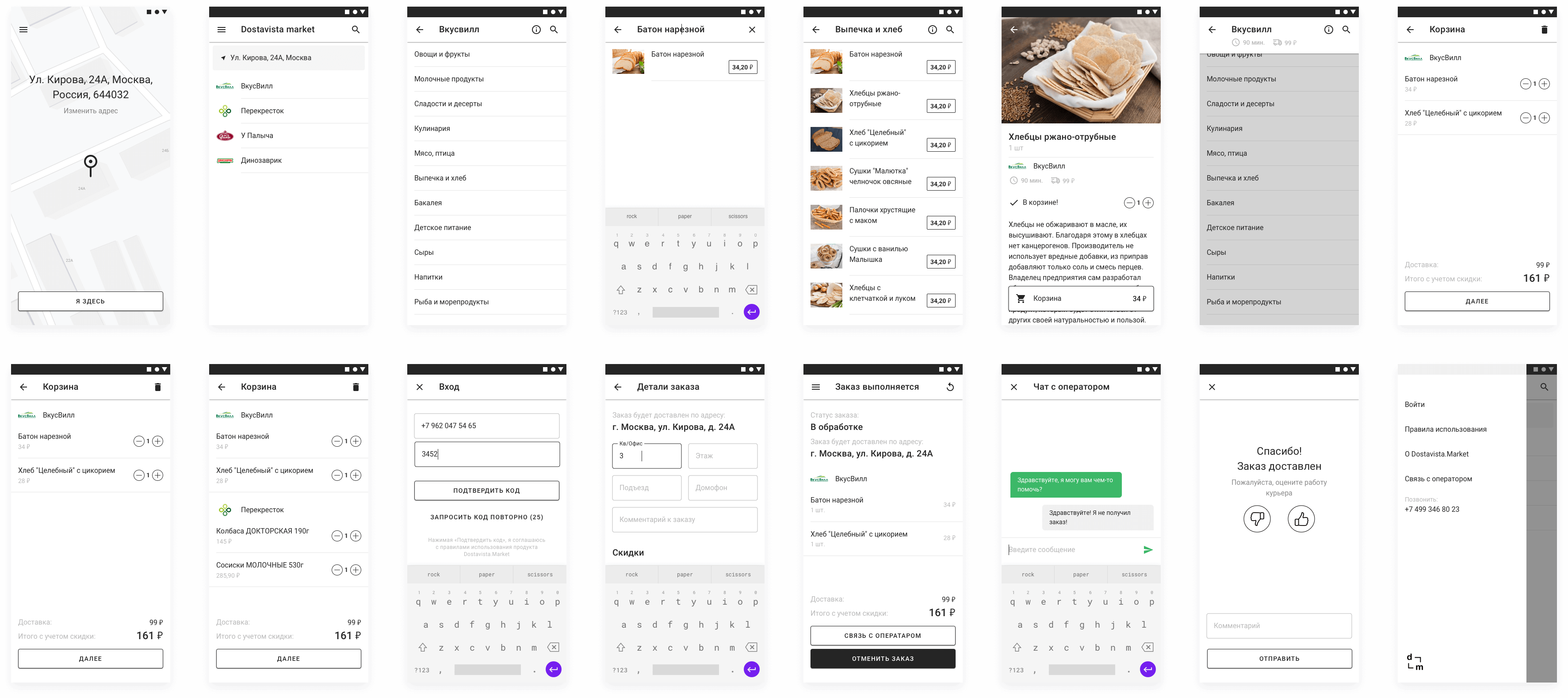
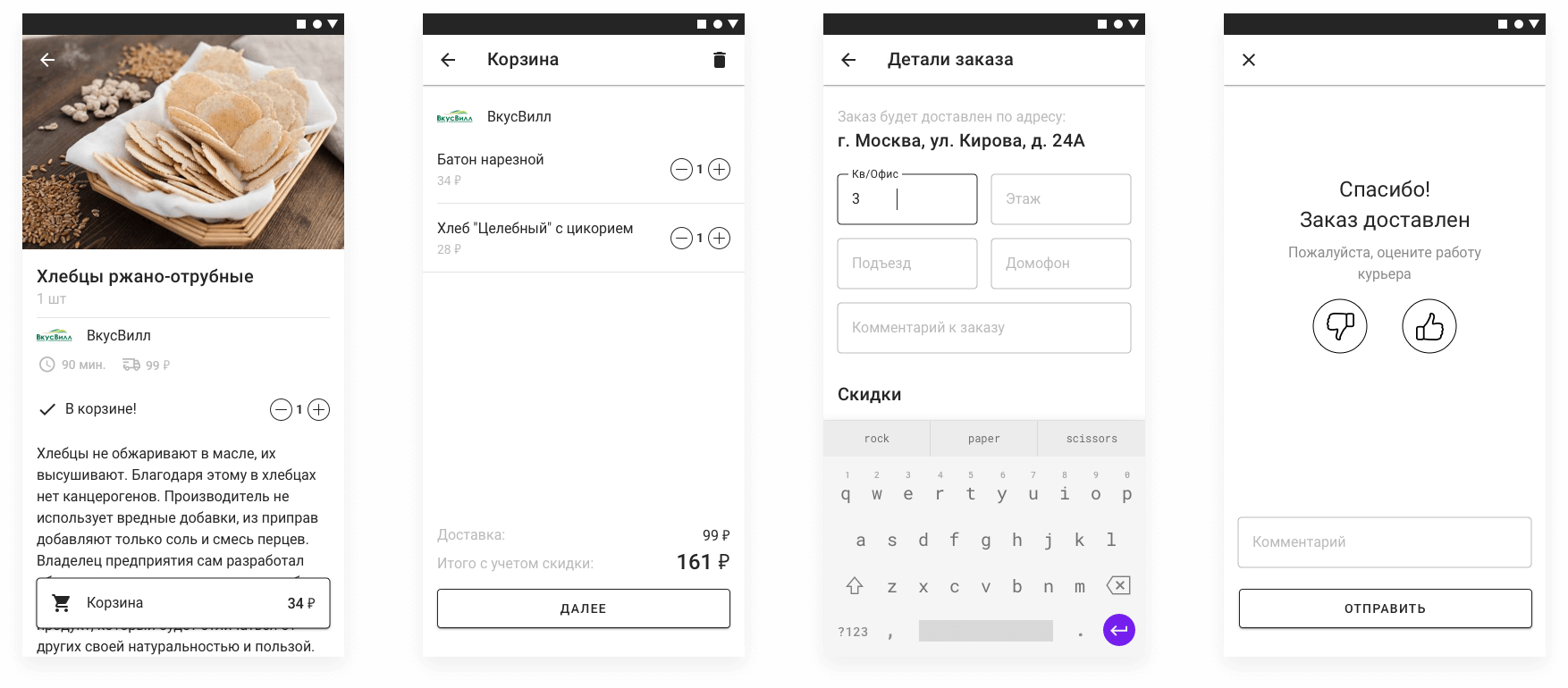

Then we introduced two unique features: the ability to order products from two stores at once and pay the courier online. These features were not present in the iOS version.

The first versions of the apps had to be very basic, with a minimum amount of functional features. The primary task was to launch the project and gather first metrics. It paid off, as it let us see that the user retention rate is higher in the app than on the website, which meant that apps were worth focusing on.
Aleksandr Bobko
SuperBro marketing director
«
»
Along with developing the Android app, we started to create a new design for both platforms, beginning with a detailed prototype.
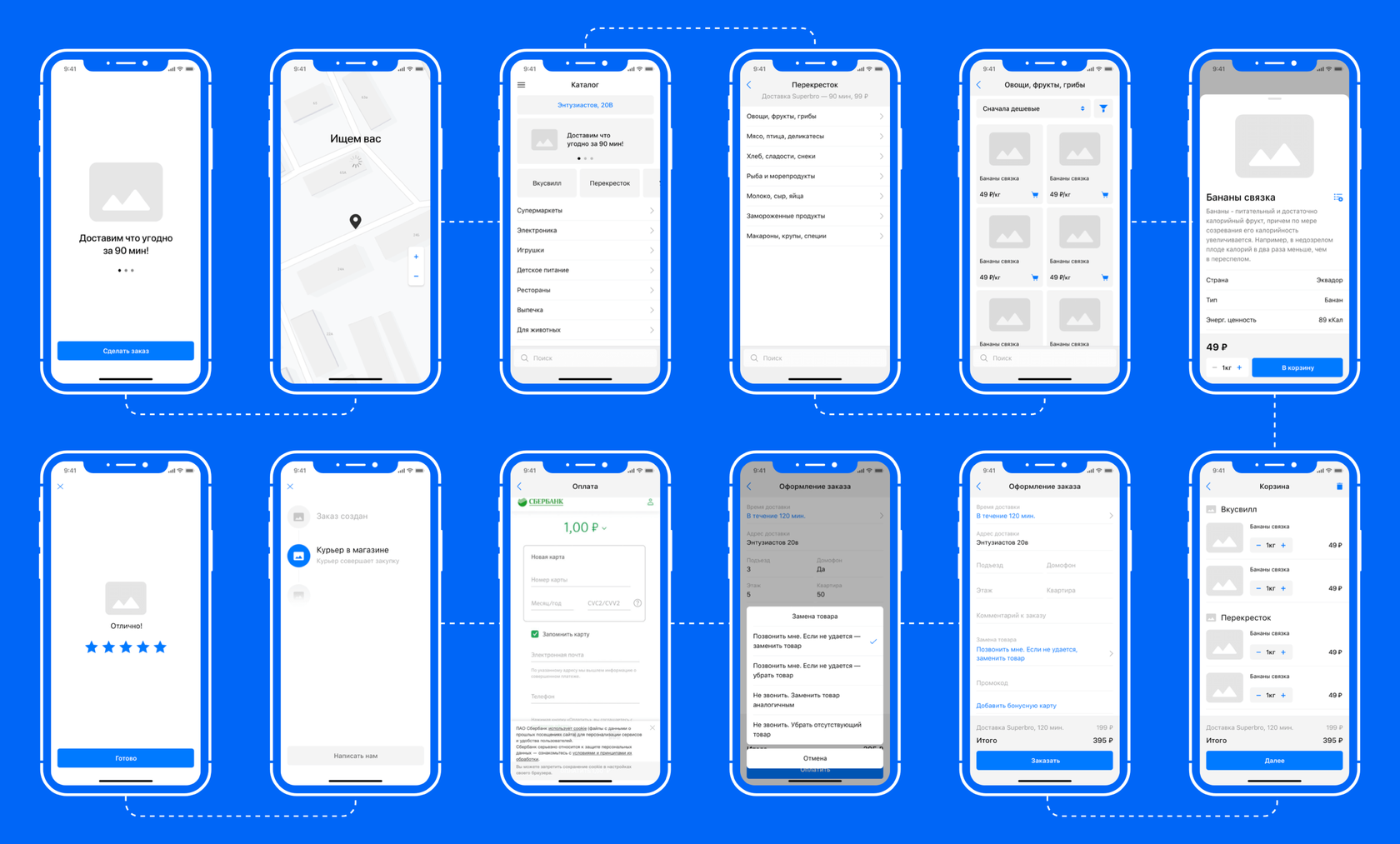

Savetime, Utkonos, Yandex.Eda — we had a lot of references. For instance, we used map handling, order placing and order lists similar to Yandex.Eda while borrowing a cart that’s gratifying to click from Utkonos. However, our work on SuperBro was more of a sum of different solutions than a straight reproduction of a single one.
Roman Belyaev
Live Typing designer
»
«

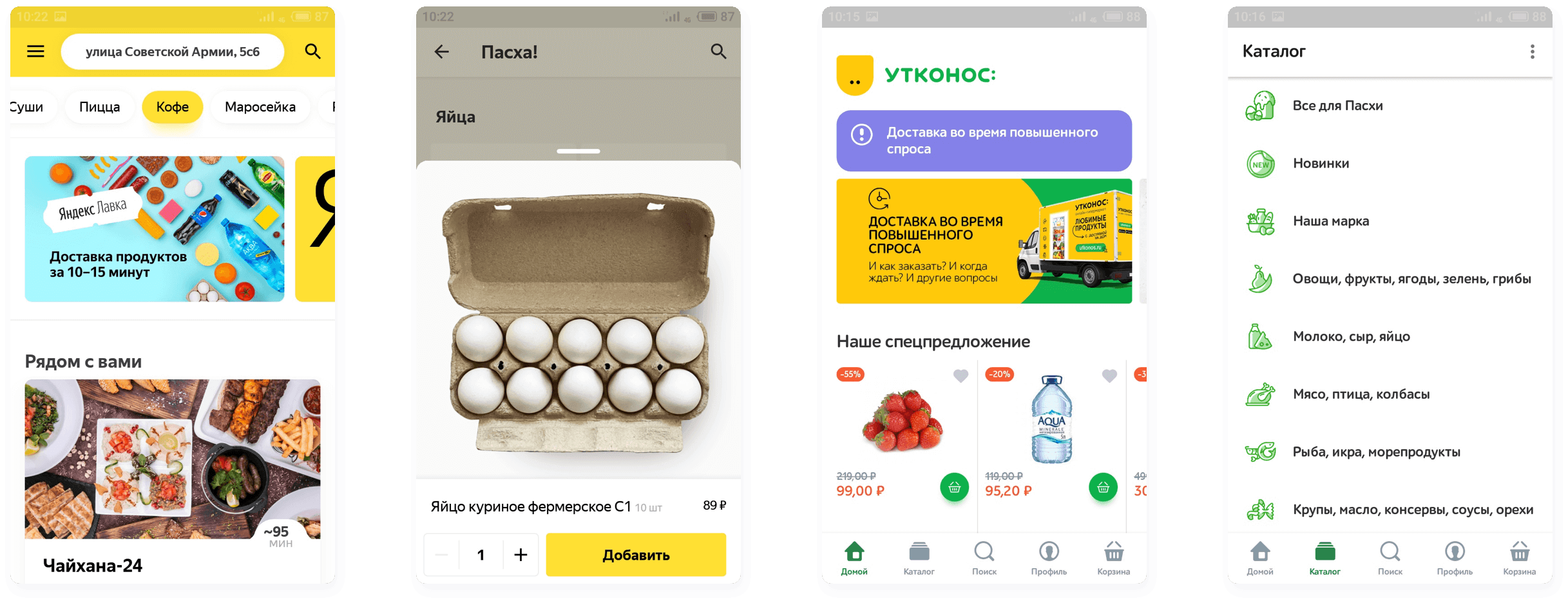
The new design was minimalistic and neat, and earned Superbro two prestigious industry awards
The new design was minimalistic and neat, and earned Superbro two prestigious industry awards
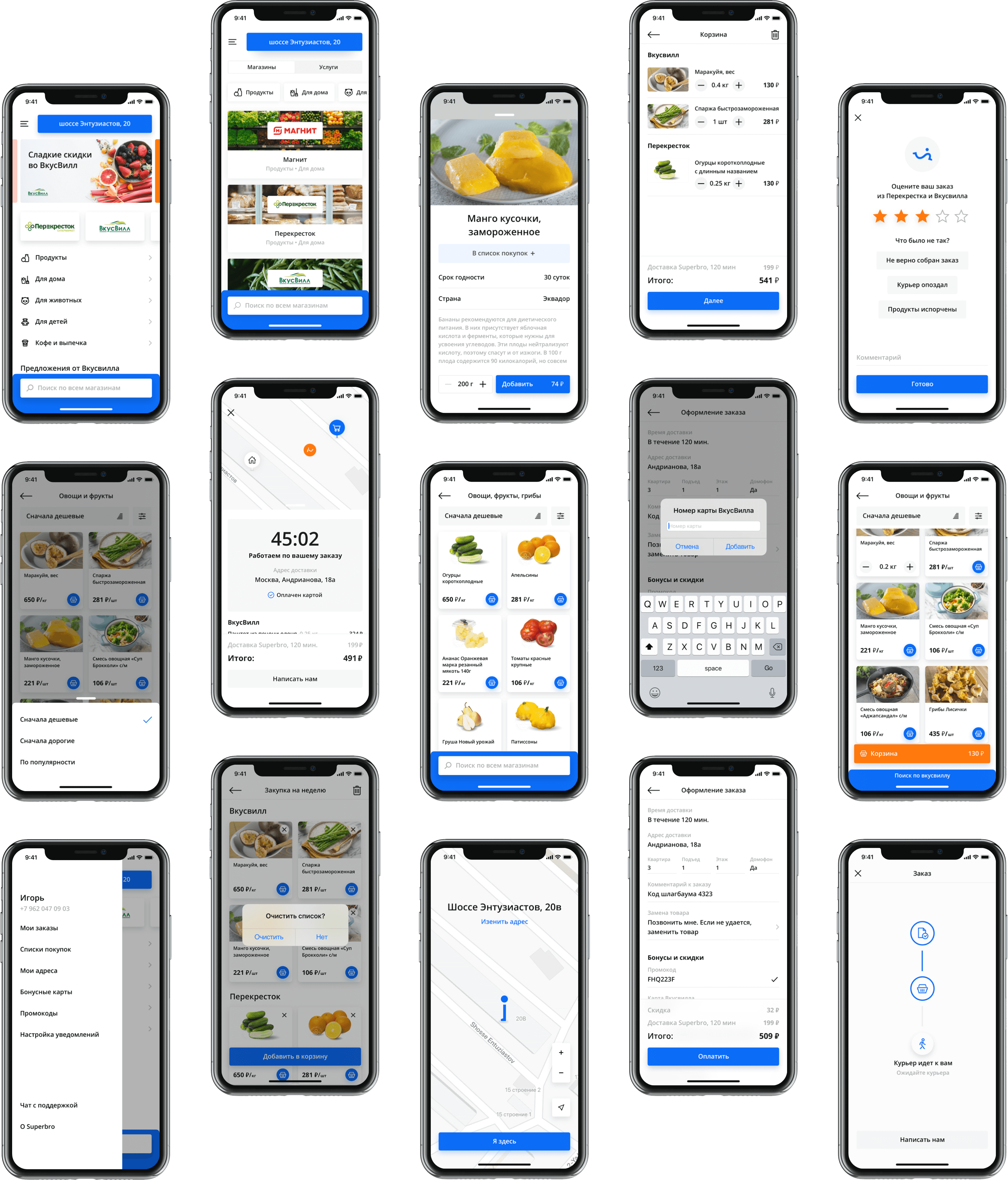
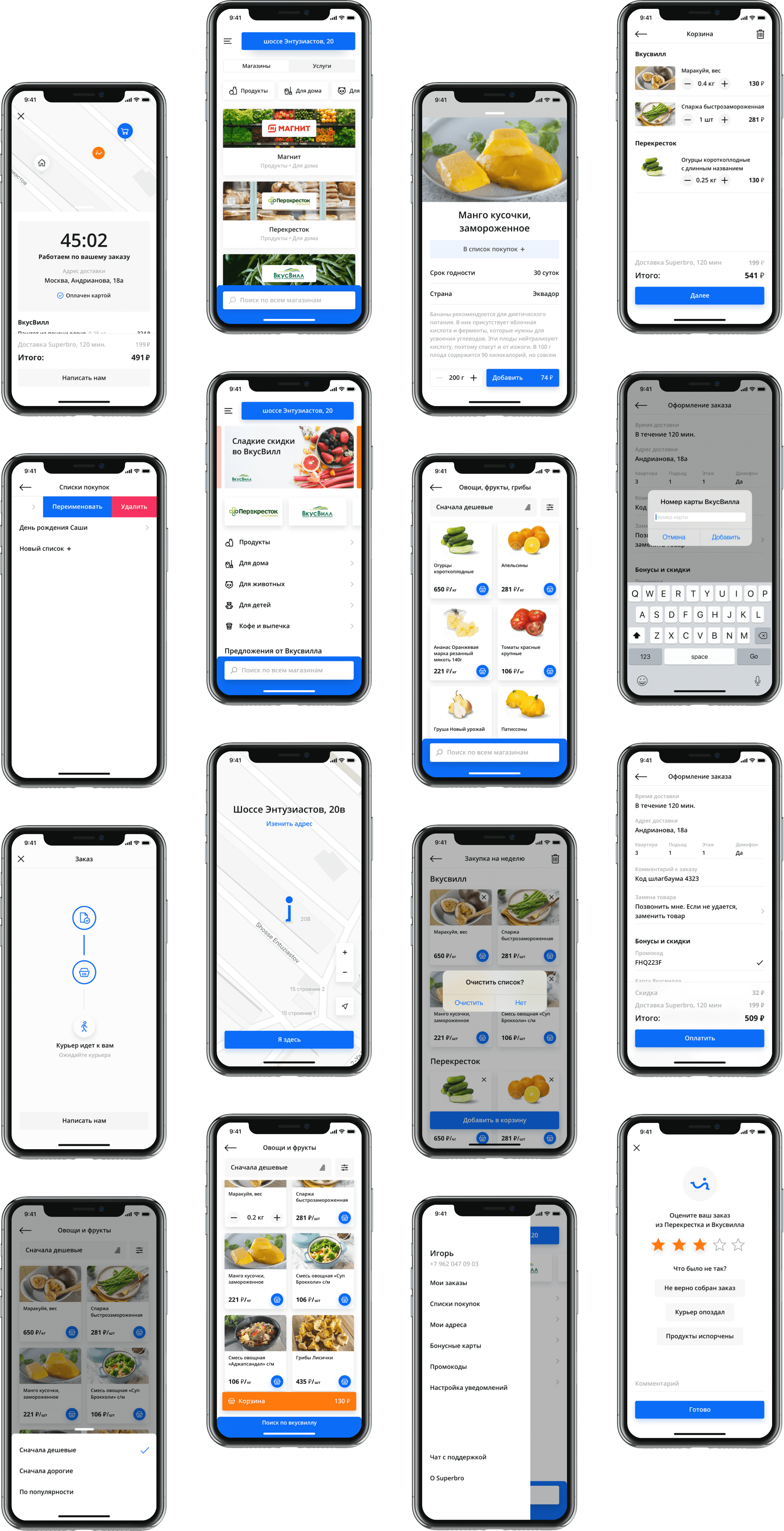
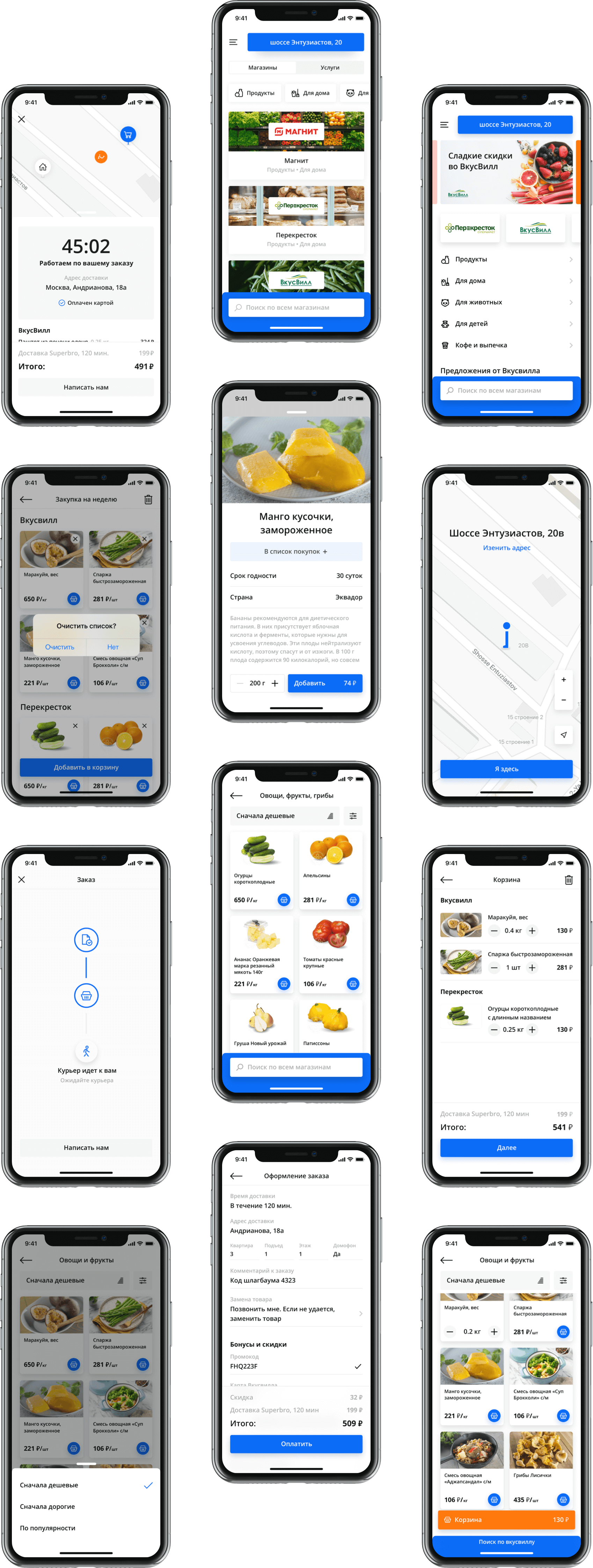
The customer was ready to invest and take risks, while the team was ready to think of creative solutions
I looked at the design and noticed that because of the shadows under the elements it seemed as if they were raised, so it made sense for them to "sink", that is, for their size and shadow to decrease — even if it’s not recommended by Мaterial Design guidelines.
Denis Satyanov
Live Typing Android developer
«
»

All clickable interface elements sink down like real-life buttons.
»
I looked at the design and noticed that because of the shadows under the elements it seemed as if they were raised, so it made sense for them to "sink", that is, for their size and shadow to decrease — even if it’s not recommended by Мaterial Design guidelines.
Denis Satyanov
Live Typing Android developer
«
Цитата Дениса 0->640

All clickable interface elements sink down like real-life buttons.
Most modal screens were made according to the Bottom sheet principle

Closing a window by swiping is easier than reaching for the X sign in the corner. Searching is always literally at one’s fingertips.
In Android development, modular architecture is king. According to this approach, an app is structurally separated: here’s the registering screen, here’s the product catalogue. They almost don’t depend on each other, but together produce a unified system. Modules are replaceable, reusable, modifiable. SuperBro is built on exactly this kind of architecture.
Kirill Starostin
Live Typing Android developer
«
»
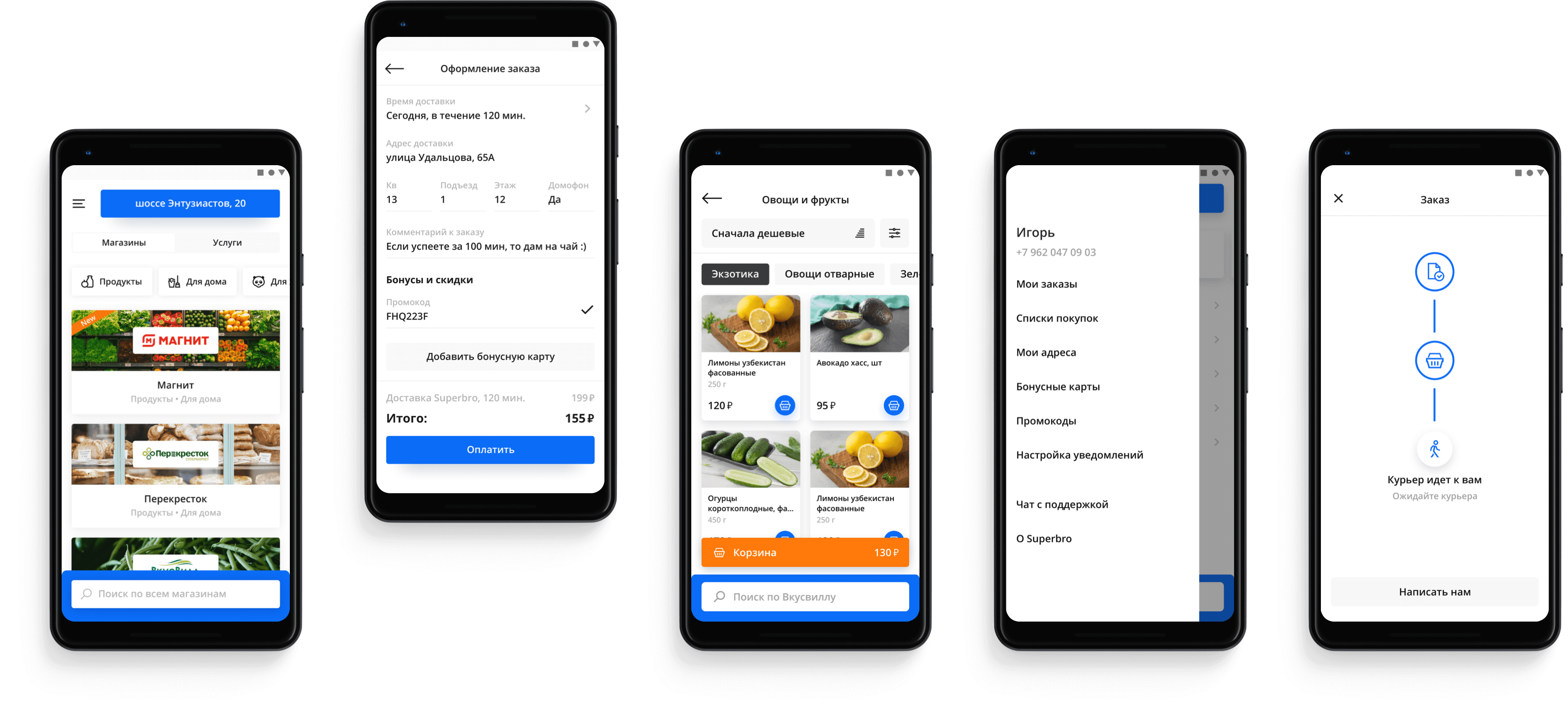
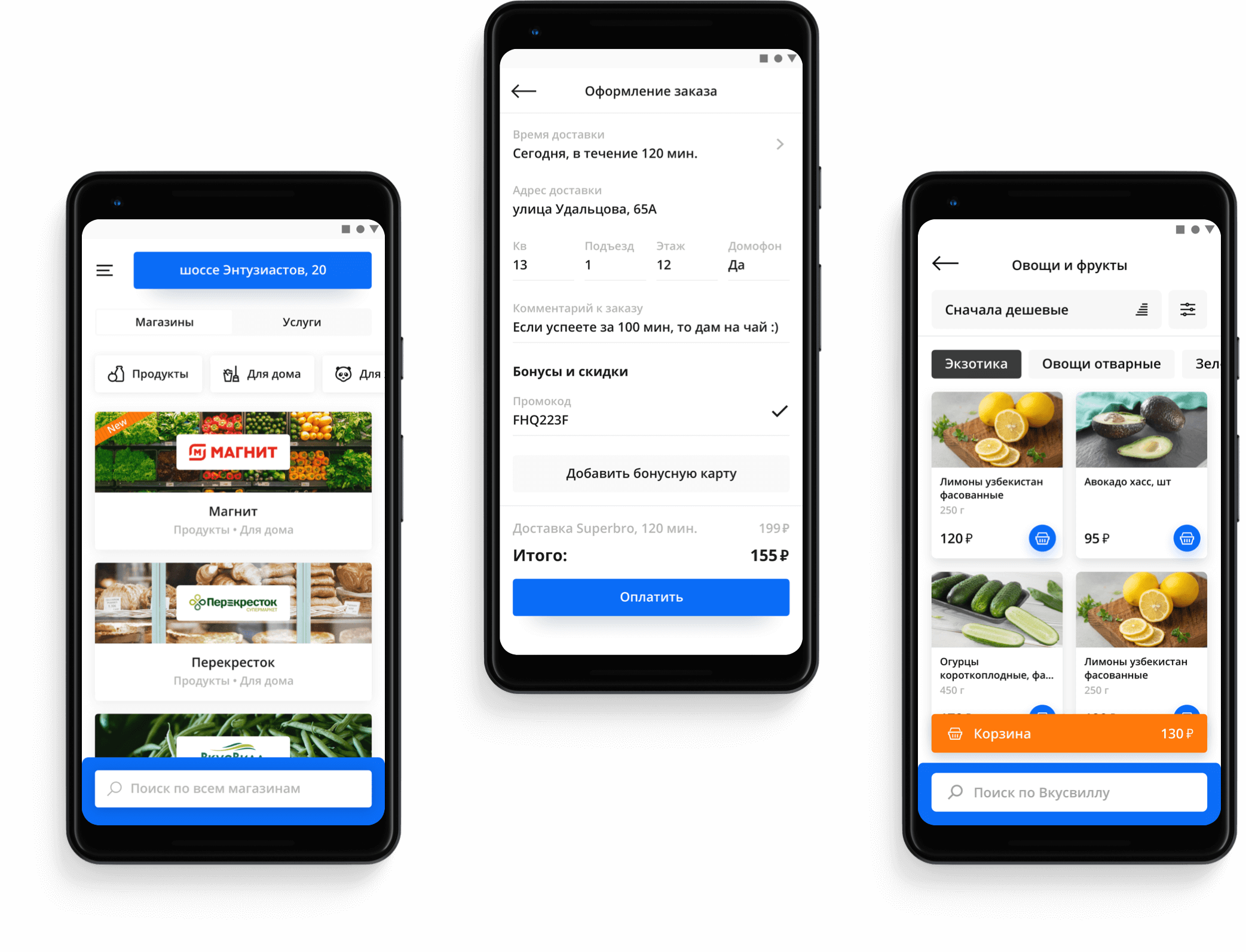


The server end was implemented on the customer’s side. Often this leads to downtime and miscommunication between developing teams. However, we were totally on the same page with the SuperBro back-enders, and together we thought of ways how to solve unconventional challenges on time.


To accelerate development, we partially implemented business logic on the client side. For instance, the server sent a comprehensive list of products to both apps and to the website to later be grouped by stores by us.
Denis Satyanov
Live Typing Android developer
«
»
«
»
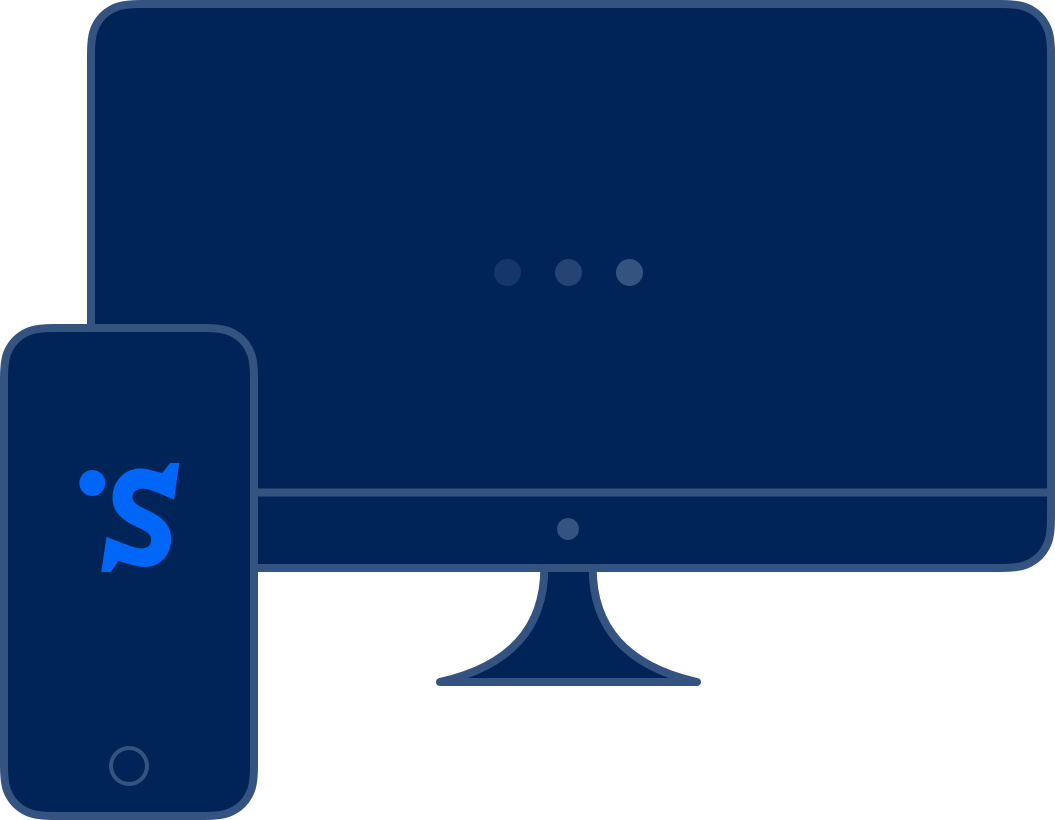

When placing an order, a customer is likely to use a loyalty card. So I thought, why ask them to do this every time? I offered the back-end development team to save the customer’s card number on the server and automatically use it for subsequent purchases.
Kirill Starostin
Live Typing Android developer


«
»
«
»
User retention rate was 150% higher in the app than on the website



Results
In 2019 SuperBro was awarded


«Best retail app» category
«Best FMCG app» category
Tagline Awards
Tagline Awards
The app has since been shut down — according to what the project's media service told vc.ru, the project fell short of the planned metrics.
In the last year the delivery service market changed drastically, with new business models («Yandex.lavka», «Samokat») appearing and retail networks actively expanding into delivery services. Superbro was Dostavista’s experimental project, but continuing the experiment was no longer viable.
«
»
Account manager
Denis Vizigin
Denis Vizigin
Project managers
Roman Dmitriev
Stepan Beletskiy
Roman Dmitriev
Stepan Beletskiy
Designers
Roman Belyaev
Aleksandra Kupina
Roman Belyaev
Aleksandra Kupina
Android developers
Kirill Starostin
Denis Satyanov
Kirill Starostin
Denis Satyanov
Analyst
Viktor Mikhal
Viktor Mikhal
Front-end developer
Dmitriy Turkin
Dmitriy Turkin
QA
Igor Kurganov
Igor Kurganov





